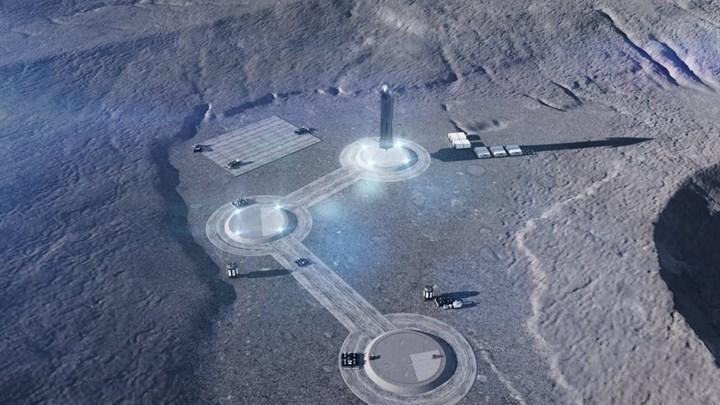 We’ve seen huge bases and even cities on the Moon and Mars in countless science fiction movies. While these are dazzling, building a Moon base in the real world is a daunting task. However, the dream of establishing a long-term human presence on the Moon has gained momentum in recent years. In particular, NASA and its partners are preparing to take the most concrete steps of this with the Artemis program.
We’ve seen huge bases and even cities on the Moon and Mars in countless science fiction movies. While these are dazzling, building a Moon base in the real world is a daunting task. However, the dream of establishing a long-term human presence on the Moon has gained momentum in recent years. In particular, NASA and its partners are preparing to take the most concrete steps of this with the Artemis program.As part of efforts to realize this vision, space experts from a wide range of fields gathered in Washington this week for the 2023 Humans to Mars Summit (H2M), an annual conference for manned space exploration organized by the nonprofit Explore Mars. Even though the conference is called Red Planet, many of the panels took place on the Moon, which is seen as a gateway to Mars by NASA and others.
Government agencies currently dominate space, the Moon and Mars, but private space companies are increasingly developing their own strategies for building infrastructure on the Moon. For example, Wednesday’s H2M panel titled “Civil Engineering and Construction on the Moon and Mars” showcased ICON and Astroport companies’ plans to build roads, launchpads and other buildings on the Moon’s surface.
3D printing on roads and buildings
Melodie Yasher, vice president of building design and performance at ICON, previewed her company’s vision for the Moon infrastructure based on 3D printing and additive manufacturing technologies. ICON has already 3D-printed a number of homes and buildings on Earth and ultimately aims to expand its business to the Moon with support from NASA.
 In his presentation, Yashar said, “We’re considering how we can use and leverage additive manufacturing technologies to build surface infrastructure on the Moon and ultimately Mars. We first explore how we can create horizontal structural elements like landing strips and roads, and ultimately ‘pressurized structures’ and ultimately for pressurized and human habitation. “We’re exploring how we can improve vertical building elements such as ‘approved habitats’.”
In his presentation, Yashar said, “We’re considering how we can use and leverage additive manufacturing technologies to build surface infrastructure on the Moon and ultimately Mars. We first explore how we can create horizontal structural elements like landing strips and roads, and ultimately ‘pressurized structures’ and ultimately for pressurized and human habitation. “We’re exploring how we can improve vertical building elements such as ‘approved habitats’.”ICON plans to use the lunar soil, known as regolith, as a resource to produce a wide variety of infrastructure projects on the Moon with a single robotic 3D printing system. In 2022, the company signed a $57.2 million contract from NASA to develop construction techniques on the Moon. ICON also 3D-printed a habitat called Mars Dune Alpha at NASA’s Johnson Space Center. Next month, a group of four volunteers will move to the simulated Mars base and live there for an entire year.
Moon brick: Lunatron
At the same panel, Sam Ximenes, founder and CEO of XArc Exploration Architecture Corporation, also spoke about Moon technologies being developed at XArc’s subsidiary Astroport. Astroport is developing a brick that can be made from lunar soil, which they call the Lunatron. These bricks will be used as the basic building material. At least, that’s the company’s goal. According to Ximenes, they can already manufacture the moon brick in a vacuum. The firm is now working with the University of Texas on an induction furnace that heats the lunar regolith to melt and solidify into bricks.
Of course, the presentations do not belong to the completed and proven products. Much of the technology shown at the Humans to Mars Summit is in development. The Moon and Mars will have targeted bases with products based on these technologies, but this could take decades.